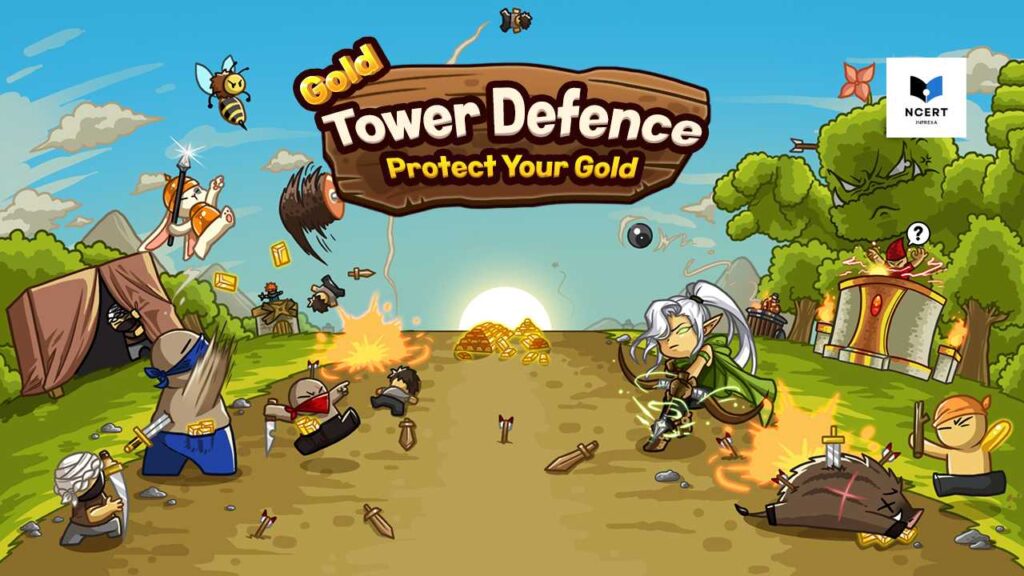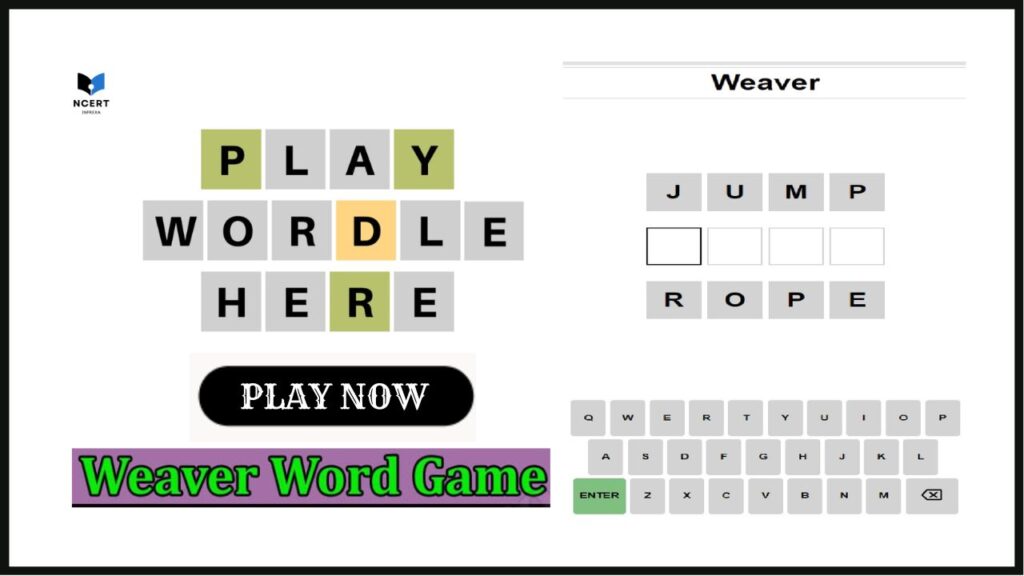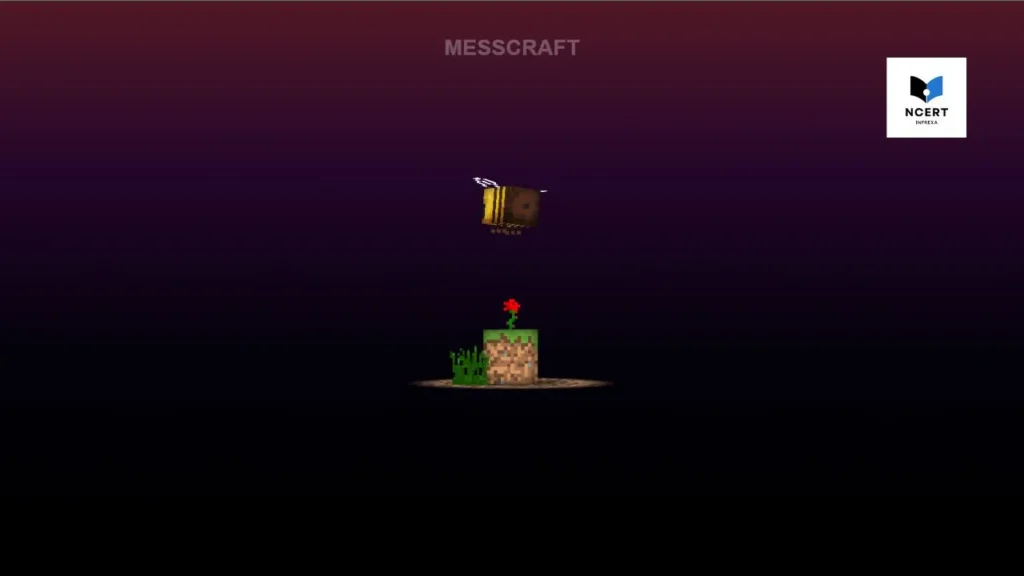Plants vs. Zombies is a tower defense game developed by PopCap Games. Released in 2009, the game challenges players to defend their home from waves of zombies by strategically placing various plants, each possessing unique abilities and sun costs.
Gameplay Loop: Sun Economy
Success in Plants vs. Zombies depends on how well you balance offense and resource management. Sun is your in-game currency – used to plant defenses and build your strategy.
There are two ways to produce sun:
- Sun drops from the sky, but relying only on this is slow.
- Sunflowers, the most essential plant, generate sun regularly and are key to a strong economy.
In early levels or survival mode, focus first on planting Sunflowers in the back rows (columns 1–2) to maintain a steady income before placing expensive attack (defense) plants. I’ve found that starting with two or three Sunflowers always provides enough flow to handle the first wave comfortably.
Sun Production and Early Strategy
Every level begins with 1000 sun in your bank. Every sun collected – whether from the sky or a Sunflower – is worth 25 sun.
| Resource | Value | Actionable Strategy |
| Starting Sun | 1000 | Use this starting money to immediately deploy 2-3 Sunflowers and a basic defender (like the Peashooter) before the first zombie reaches the middle lane. |
| Sun Drop | 25 | Every sun collected is worth the cost of one Sunflower. Collect them immediately to reduce the time it takes to afford the next plant. |
| Sunflower Cost | 50 | The Sunflower’s cost is offset by collecting just two sun drops, making early sun collection vital for fast expansion. |
In almost every level, your first priority should be maximizing your sun income. Plant Sunflowers in the back rows (columns 1-2) to establish a steady stream of income before committing heavily to expensive attack plants.
Plant Roles and Placement Strategy
Plants are best categorized by their utility. Strategic placement is key: Resource plants go in the back, Defense plants go in the front, and Attack plants are placed behind defenses.
| Plant Category | Primary Function | Key Plant Examples | Strategic Use |
| Resource | Generates Sun (currency). | Sunflower, Twin Sunflower | Must be protected in the back rows (columns 1-2). |
| Defense | Absorbs damage and delays enemies. | Walnut, Tall-nut, Pumpkin | Placed in the front rows (columns 4-6) to delay zombies and shield attackers. |
| Attack | Deals direct or area-of-effect damage. | Peashooter (standard damage), Repeater (double damage), Gatling Pea (rapid fire), Snow Pea (freezes targets). | Placed behind defenses to provide consistent, sustained damage. |
| Lawnmower Defense | Stops zombies that get too close. | Chomper (instantly eats one zombie, slow recharge), Potato Mine (delayed, single-use explosion), Fume-shroom (shoots through armor). | Chompers are best placed on fast lanes; Potato Mines are great for the first wave due to their low cost. |
| Utility | Instant-use or situational effects. | Cherry Bomb (instant, area-of-effect damage), Squash (crushes one zombie). | Saved to eliminate high-threat, high-HP zombies (like Gargantuars) or sudden lane rushes. |
Notable Spin-offs and Alternatives
Plants vs. Zombies has earned critical praise for its humor, art style, and tactical depth. It’s been released on multiple platforms – including PC, macOS, Xbox 360, PlayStation 3, iOS, Android, and Nintendo DS – and inspired successful sequels like Plants vs. Zombies: Garden Warfare.
If you enjoy similar strategy-based games, try these:
- Bloons TD 6: A colorful tower defense series requiring smart tower placement and upgrades.
- Kingdom Rush Series: Classic lane defense with hero units and deep upgrade systems.



![Play Snowball.io [Full Screen] on Infrexa](https://ncert.infrexa.com/wp-content/uploads/2023/04/Play-Snowball-.io-Full-Screen-on-Infrexa-1024x576.jpg)


